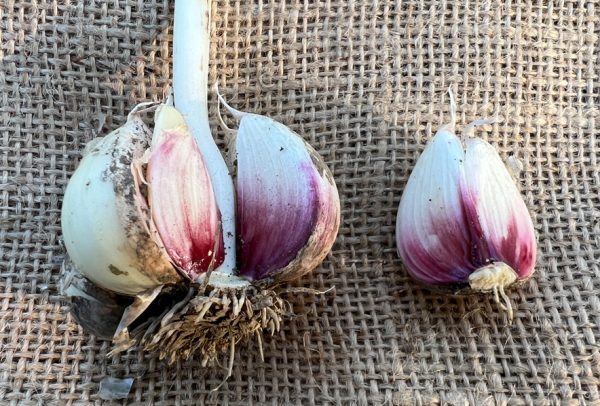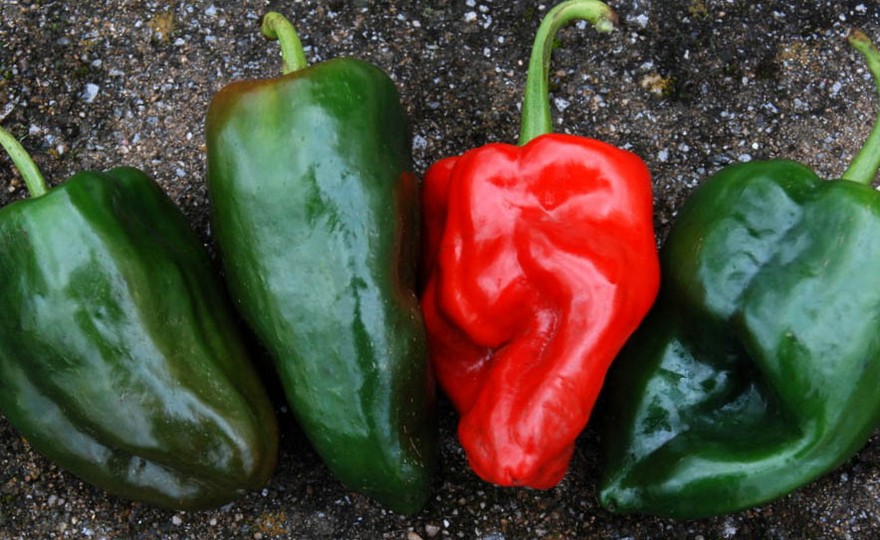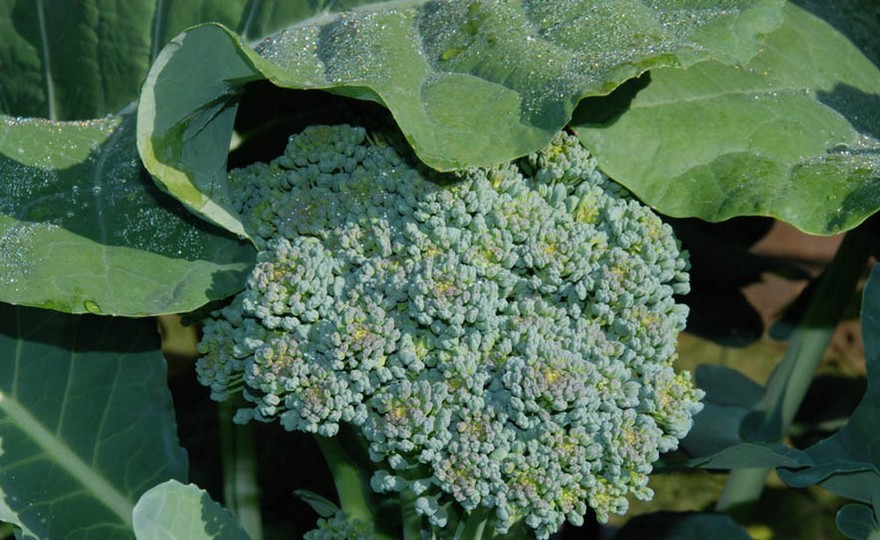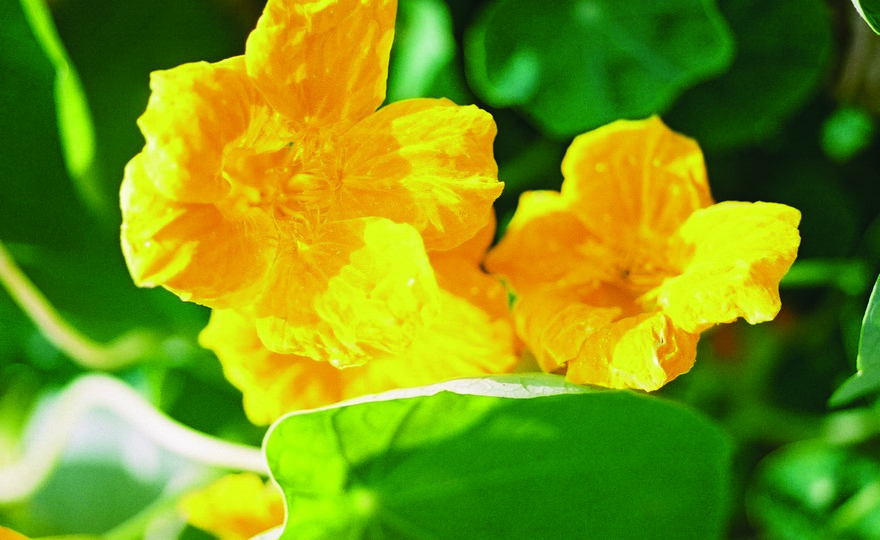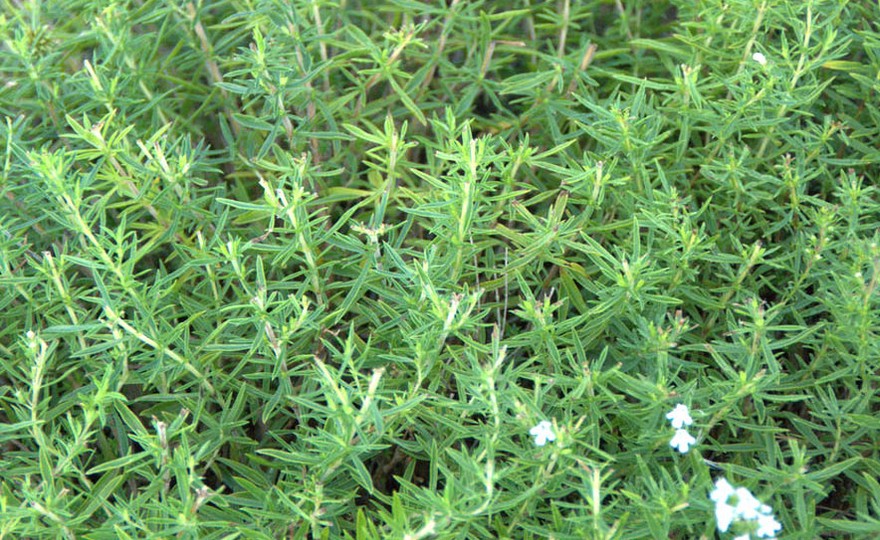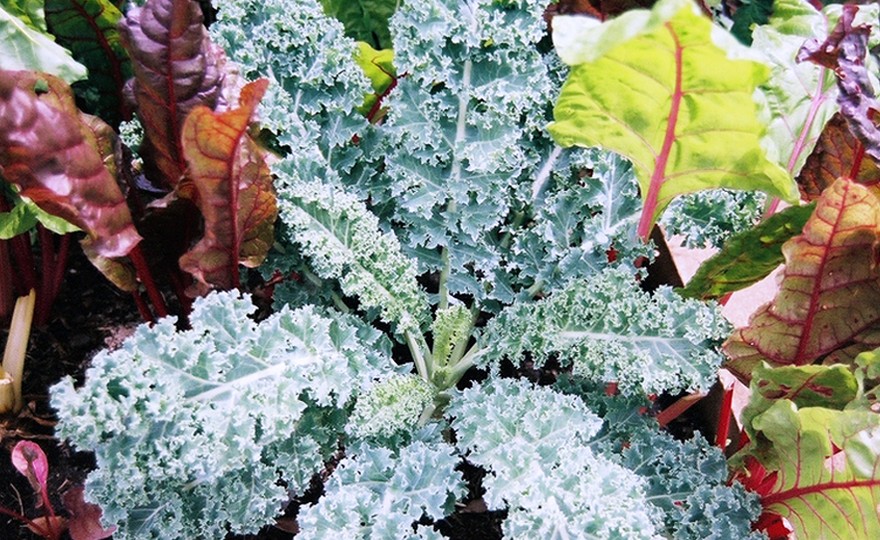
Creole Garlic, Aglio Rosso – 4 oz
-
- **SOLD OUT** HOLIDAY GIFTS **SOLD OUT**
- **SOLD OUT** Holiday Books **SOLD OUT**
- **SOLD OUT** Holiday Citrus **SOLD OUT**
- **SOLD OUT** Holiday Gift Certificates **SOLD OUT**
- **SOLD OUT** Holiday Paperwhites **SOLD OUT**
- **SOLD OUT** Holiday Praying Mantis Kits **SOLD OUT**
- **SOLD OUT** Holiday Tools **SOLD OUT**
- **SOLD OUT** Holiday Wildflower Mixtures **SOLD OUT**
- Citrus Trees
- **SOLD OUT** - Vegetable and Herb Plants - Mix & Match any 6 Plants for $50 - Only Shipped in Quantities of 6
- Elephant Ear Plants & Roots
- **SOLD OUT** 4-Inch Pot Herb Plants **SOLD OUT**
- Rare Plants
- **SOLD OUT** Vining Plants **SOLD OUT**
- Asian Seeds
- Beneficial Bugs
- Books
- Citrus Fertilizers
- Cold-Treated Bulbs - SEE BULBS FOR FALL PLANTING TO ORDER
- Cold-Treated Allium
- Cold-Treated Chionodoxa
- Cold-Treated Crocus
- Cold-Treated Hyacinthoides
- Cold-Treated Hyacinthus Orientalis
- Cold-Treated Narcissus
- Cold-Treated Cyclamineus Narcissus
- Cold-Treated Double Heirloom Narcissus
- Cold-Treated Jonquilla Narcissus
- Cold-Treated Large Cupped Narcissus
- Cold-Treated Poeticus Narcissus
- Cold-Treated Small Cupped Narcissus
- Cold-Treated Species Miniature Narcissus
- Cold-Treated Split Cupped Narcissus
- Cold-Treated Tazetta Narcissus
- Cold-Treated Triandus Narcissus
- Cold-Treated Trumpet Daffodils
- Cold-Treated Ornithogalum
- Cold-Treated Rock Garden Iris
- Cold-Treated Scilla
- Cold-Treated Tulips
- Cold-Treated Emperor Tulips
- Cold-Treated Fringed Tulips
- Cold-Treated Green or Viridiflora Tulips
- Cold-Treated Lily Flowering Tulips
- Cold-Treated Parrot Tulips
- Cold-Treated Peony Flowering Tulips
- Cold-Treated Single Early Tulips
- Cold-Treated Single Late Tulips
- Cold-Treated Species Tulips
- Cold-Treated Triumph Tulips
- Flower Bulbs, Corms and Tubers
- Bulbs for Spring Planting
- Bulbs for Fall Planting - ALL BULBS AVAILABLE ARE COLD TREATED FOR PLANTING AS SOON AS SOIL CAN BE WORKED
- Fall Blooming Bulbs
- Garden Tools & Equipment
- Gift Certificates
- HHH Exclusive Wildflower Mixtures
- Wildflower Mixtures
- Heirloom Garlic
- Potatoes
- Roots & Sets
- Seeds
- Flowers
- Herbs
- Vegetables
- **SOLD OUT** HOLIDAY GIFTS **SOLD OUT**
-
- No products to compare
-
Sold Out
Quick Overview
NEW! CREOLE GARLIC, Aglio Rosso
Allium Sativum
FULL SUN The Creole Group of garlics is most valued because they are well suited to hot southern growing climates and tolerant of early-season heat and drought. At one time they were known as Southern Continental (referring to the European Continent) and many of the cultivars grown in the United States today originated in Spain. In the Southwest, these garlics are known as “Mexican Purple”.
Creoles have fine taste and are good storers. Though the bulbs are not large, the exquisite flavor of the cloves more than makes up for the size. The bulbs and cloves are incredibly beautiful with clove skins in a range of shades of deep reddish purple.
Aglio Rosso is a fairly new introduction to the United States. It comes from Sulmona in the Abruzzo region of Italy. The bulbs produce 8-12 cloves per bulb. The cloves are wrapped in a striking rosy brown with well-defined deep red striping

NEW! Creole Garlic, Aglio Rosso
Native to south-central Asia, garlic was probably domesticated from a single variety, Allium longicuspis, thousands of years ago. Today the plant is grown on every continent except Antarctica.
Garlic, which is a member of the same group of plants as the onion, has been cultivated for millennia. As a cultivated plant, it is so old that it is difficult to credit a country of origin for this vegetable. All modern garlic belongs to one of two subspecies: hardneck (ophioscorodon) or softneck (sativum). Hardneck subspecies try to produce flower stalks with small aerial cloves called bulbils. Hardnecks will not produce large bulbs underground unless the flower stalks are removed. There are three varieties of hardneck garlic: Purple Striped, Porcelain and Rocambole. Softnecks have lost the ability, for the most part, to produce a flower stalk. However, under certain climatic situations, the bulbs may try to produce a flower stalk known as bolting. There are three varieties of softneck garlic: Artichoke, Silverskin and Creole.
The Creole Group of garlics is most valued because they are well suited to hot southern growing climates and tolerant of early-season heat and drought. At one time they were known as Southern Continental (referring to the European Continent) and many of the cultivars grown in the United States today originated in Spain. In the Southwest, these garlics are known as “Mexican Purple”.
Creoles have fine taste and are good storers. Though the bulbs are not large, the exquisite flavor of the cloves more than makes up for the size. The bulbs and cloves are incredibly beautiful with clove skins in a range of shades of deep reddish purple.
Aglio Rosso is a fairly new introduction to the United States. It comes from Sulmona in the Abruzzo region of Italy. The bulbs produce 8-12 cloves per bulb. The cloves are wrapped in a striking rosy brown with well-defined deep red striping.
Garlic is best when planted in the fall, but can be planted in the spring as soon as the ground can be worked. If planting in the fall, plant 30 days before the ground freezes and mulch with straw or alfalfa hay if possible. Garlic must have some exposure to cold for several weeks or it will not bulb. Amend the soil with potash and phosphate before planting. Plant the cloves 1-2 in. deep and 4-6 in. apart in rows separated by 12-18 in.
Harvest in mid-summer when 2/3 of the stalk has turned brown or yellow. Dig the bulbs from the soil with stalks attached. Cure in a dry, shaded area with lots of air circulation for 4-6 weeks. Stalks can then be removed from the bulbs.

